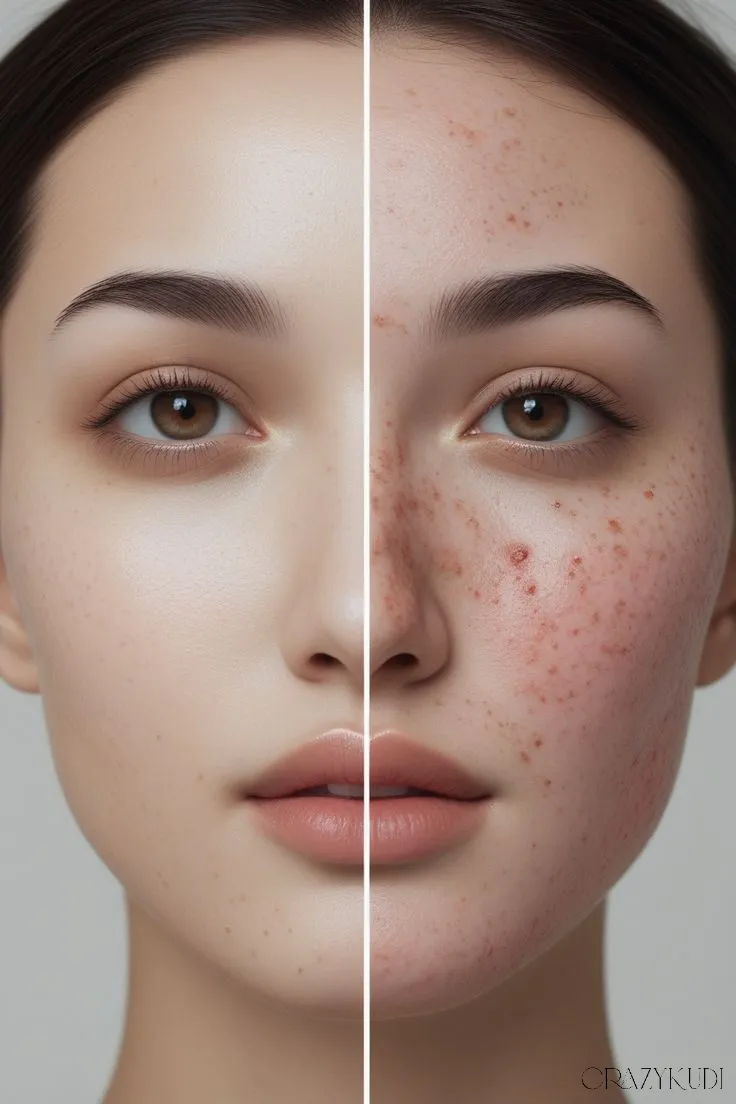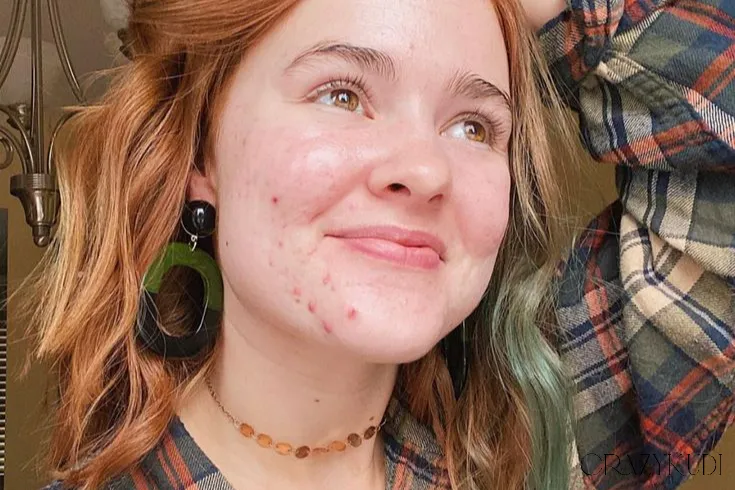Acne is a common yet complex skin condition that affects millions across the globe. As a dermatologist with years of experience in treating acne-prone skin, I’ve found that one of the most effective ways to manage and prevent acne is understanding its different types. Each type of acne has a unique cause and requires a tailored treatment approach. In this guide, we’ll explore the various types of acne and provide expert-recommended strategies to keep your skin healthy and blemish-free.
🧬 What Causes Acne?
Acne develops when hair follicles become clogged with oil (sebum), dead skin cells, and sometimes bacteria. Hormonal fluctuations, diet, stress, skincare habits, and genetics all play a role in triggering acne. However, not all acne is the same—and treating it requires identifying the specific type.
🔍 Types of Acne
1. Whiteheads (Closed Comedones)
These are small, white bumps that form when pores are clogged with sebum and dead skin cells but remain closed at the surface. They’re non-inflammatory and respond well to gentle exfoliation.
Treatment Tips:
- Use salicylic acid cleansers to unclog pores
- Retinoids like Differin Gel (Adapalene) can help regulate cell turnover
2. Blackheads (Open Comedones)
These occur when the pore remains open, and the debris inside oxidizes, turning black. Though also non-inflammatory, they often occur on the nose and chin.
Treatment Tips:
- Use BHA (Beta Hydroxy Acid) exfoliants
- Consider pore strips sparingly and use a Niacinamide serum to shrink pore appearance
Also read: 5 Ingredients to Avoid in Skincare for Oily Skin: Protect Your Skin the Right Way
3. Papules and Pustules
These are inflamed, red bumps. Pustules have pus at the tip, while papules are solid. This type indicates mild to moderate inflammatory acne.
Treatment Tips:
- Benzoyl Peroxide (2.5%–5%) is highly effective against acne-causing bacteria
- Topical antibiotics may be prescribed for recurring inflammation
4. Nodules and Cystic Acne
These are deep, painful, and often lead to scarring. Nodules are hard, while cysts are pus-filled and tender.
Treatment Tips:
- Prescription retinoids like Tretinoin
- Oral antibiotics or Isotretinoin (Accutane) in severe cases
- Cortisone injections for instant relief (administered by a dermatologist)
5. Hormonal Acne
Typically occurs around the jawline and chin, especially in adult women. It flares up during menstruation, pregnancy, or stress.
Treatment Tips:
- Spironolactone (prescription anti-androgen medication)
- Incorporate a gentle cleanser and oil-free moisturizers
- Birth control pills (consult your gynecologist)

🛡️ Prevention Strategies
✔ Maintain a Consistent Skincare Routine
Use non-comedogenic products that won’t clog pores. Cleanse twice daily and avoid overwashing, which can strip natural oils.
✔ Avoid Touching Your Face
Fingers transfer bacteria and oils that can worsen acne.
✔ Keep Hair Products Away from the Face
Pomades and oils can cause “pomade acne” around the hairline.
✔ Eat a Balanced Diet
Reduce intake of high glycemic foods and dairy, both of which may aggravate acne in some individuals.
✔ Manage Stress
Cortisol spikes can lead to increased sebum production. Meditation, yoga, and good sleep hygiene can support clearer skin.
Also read: 6 Emerging Skincare Trends of 2025 You Need to Know About
🧴 Top Dermatologist-Recommended Acne Products
- CeraVe Foaming Facial Cleanser – Great for oily, acne-prone skin
- La Roche-Posay Effaclar Duo (+) – Combines Benzoyl Peroxide and Lipo-Hydroxy Acid
- The Ordinary Niacinamide 10% + Zinc 1% – Controls oil and soothes inflammation
- Paula’s Choice 2% BHA Liquid Exfoliant – Unclogs pores effectively
- EltaMD UV Clear SPF 46 – Lightweight sunscreen for acne-prone skin
🧑⚕️ When to See a Dermatologist
If your acne is persistent, painful, or scarring, don’t delay treatment. Early medical intervention can prevent long-term skin damage and help restore confidence.
Conclusion
Understanding the type of acne you’re dealing with is the first step toward clearer skin. Whether it's mild whiteheads or severe cystic acne, consistent care and the right products can make a significant difference. For those struggling with stubborn or recurring acne, don’t hesitate to consult a dermatologist for a personalized treatment plan.

